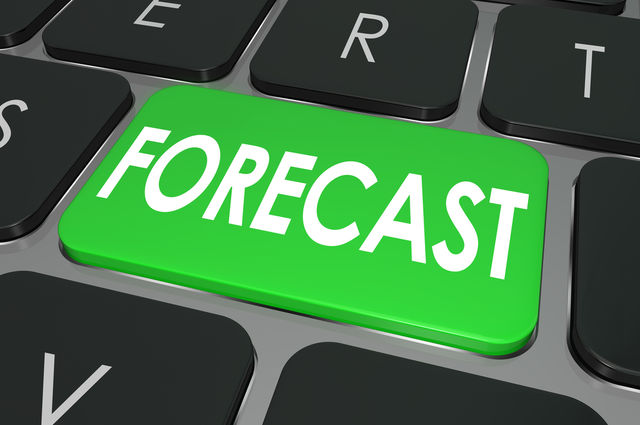Has forecasting become a lost art?
10 experts shared their view
Robert Cross, the de facto Godfather of Revenue Management, stated "…everything starts with a day by day, segment by segment forecast", yet many hoteliers no longer produce one as part of their strategic process. Most of today's advanced revenue management systems do not generate one, instead of leaving the user to rely on a total hotel forecast and to trust the "black box" for the details.
Should hotels be producing a detailed long-term forecast, and if so, what are the benefits of doing so? How far out should they forecast and how often should they do it? The automated systems (only 15% of hotels have one!) can be very accurate at projecting the optimized results of an existing strategy, but are they effective when contemplating a change in strategy, as an increase in group rooms, eliminating an airline crew, or even a renovation? How do hotels that don't do it satisfy other stakeholders like senior leadership and owners, who may have an interest in understanding the detail behind the hotel's forecast, especially when recent performance has not met expectations?
Forecasting is critical in the process of a running any highly optimized business. In fact, there are many types of forecasts: demand, financial, occupancy, operational, etc. that do a variety of functions to a variety of stakeholders over a variety of time periods. Forecasting should have 2 pillars to take hold in the culture of the optimized business.
1. Detailed. All forecasts should be as detailed as possible. Day by day and segment by segment is a good start, but this must be easily rolled-up for summary discussions that do not need to see the detail. In addition, making the forecast customizable by time period is also key to make it an effective tool.
2. Simple. Simple to create, change, and execute. All forecasts should come from the same platform and the information needed can just be extracted and imported. Forecasts need to be optimized frequently, sometimes multiple times per day. All forecasts should be completely automated with the ability to make manual adjustments to account to fluctuations in demand that the machine cannot know.
Any organization not investing in automated technology to forecast, I believe will probably spend too many man-hours in the forecasting process to do it correctly. The machine can it do it faster and more precise when set-up properly.
Here is a good rule of thumb on a forecasting schedule:
a. Hourly strategy forecasts focus on immediate booking windows and demand changes.
b. Daily forecasts are usually operational in nature and done within the payroll period and weekly for the upcoming payroll period. Usually a 4 day update to the weekly forecast.
c. Weekly forecasts to address the upcoming payroll period.
d. Weekly strategy forecast snapshots the next 12 months (R12) to focus on booking windows and changes in demand.
e. Monthly forecast snapshots are annual or R12 and can go out as far as 5 years usually for financial reporting.


